Delhi, Washington Weigh Trade Pact

The visit of US Vice President JD Vance to India marks a significant juncture in the evolving trade and strategic relationship between the two largest democracies in the world. As the two nations prepare to initiate formal negotiations for a bilateral trade agreement, this high-profile diplomatic engagement could pave the way for deeper economic integration — provided that India successfully balances growth opportunities with the protection of its domestic interests.
The current geopolitical and economic climate is uniquely favorable for India. While US President Donald Trump has maintained his aggressive “Make America Great Again” stance, including a tough approach on trade, India has received a comparatively lenient treatment compared to other manufacturing hubs like China, Vietnam, and Bangladesh. For instance, while Chinese imports face tariffs as high as 245%, India has been subject to only a 26% tariff — and even that was temporarily suspended for 90 days. Experts see this as a strategic opening for India to strengthen its export position and diversify its global trade portfolio.
This week, trade negotiators from both countries will meet in Washington to discuss the framework for a potential agreement. Vice President Vance’s visit to New Delhi is expected to create a conducive atmosphere for these discussions, signaling mutual intent and commitment. The positive optics and dialogue surrounding the visit are crucial in setting the tone for what will be a complex and potentially contentious negotiation process.
At the heart of the upcoming discussions is a core American demand: unfettered market access for US companies in India, particularly in the rapidly growing sectors of e-commerce and agriculture. However, India must tread carefully. While deeper economic engagement with the US promises increased investment, technological collaboration, and job creation, it also raises serious concerns about the livelihood of millions of Indian small retailers and farmers.
One of the most sensitive issues is the proposed opening of India’s e-commerce market to American giants such as Amazon and Walmart. The traditional retail sector in India, comprising countless small and medium-sized family-run shops, provides direct employment to a vast segment of the population. These local traders have long viewed the expansion of foreign e-commerce platforms as a threat to their existence. Recognizing this, the Indian government has previously tightened regulations to ensure that foreign players do not engage in predatory pricing or practices that undermine local businesses.
These concerns must be at the forefront of India’s negotiating stance. Trade liberalization cannot come at the cost of domestic economic security or social stability. The government must continue to advocate for a fair, level playing field that protects small businesses while embracing innovation and efficiency in the retail space.
Another key area of potential friction is agriculture. The US is expected to press for greater access to the Indian market for its agricultural and meat products. However, agriculture in India is not just an economic issue — it is a deeply political and emotional one. A vast majority of Indian farmers operate on a small scale, and the sector is intricately tied to food security, rural livelihoods, and electoral politics. Any agreement that appears to compromise these interests could trigger significant unrest. Therefore, India must clearly communicate its position on agricultural imports, ensuring that any concessions do not undermine the welfare of its farming community.
Despite these challenges, the broader strategic picture offers a compelling rationale for engagement. As US-China relations remain strained, Washington is actively looking to reduce its dependence on Chinese supply chains and is seeking reliable partners in Asia. India, with its large consumer base, growing industrial capacity, and democratic governance, presents itself as a natural alternative. The Trump administration may be tough on tariffs, but it also recognizes the need for dependable allies in a shifting global order.
India and the US have set an ambitious goal of reaching $500 billion in bilateral trade by 2030. Achieving this target will require not just visionary leadership but also careful policy design that aligns with domestic priorities. A well-structured trade agreement could serve as the foundation for reaching this milestone, promoting mutual prosperity and reinforcing strategic ties.
Moreover, with the global economy increasingly influenced by technological disruptions — from artificial intelligence to sustainable manufacturing — both countries have a shared interest in shaping the rules of the future economy. A trade agreement that includes provisions for technology exchange, intellectual property rights, digital trade, and innovation partnerships could position India and the US as co-leaders in the global economic landscape.
JD Vance’s visit comes at a moment when India stands at the crossroads of opportunity and caution. The challenge lies not in whether to engage, but in how to do so wisely. India must use this moment to assert its economic aspirations, defend its domestic stakeholders, and shape a trade framework that is inclusive, resilient, and future-ready. A thoughtful, assertive, and balanced approach will ensure that India emerges stronger from the negotiating table — not just as a trading partner, but as a global economic force.

 3 months, 1 week ago
3 months, 1 week ago
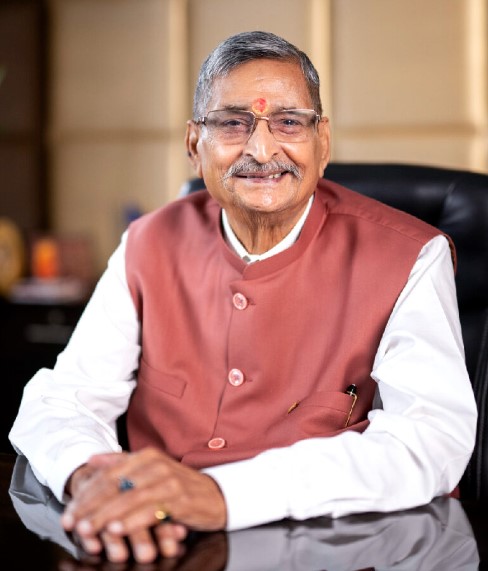
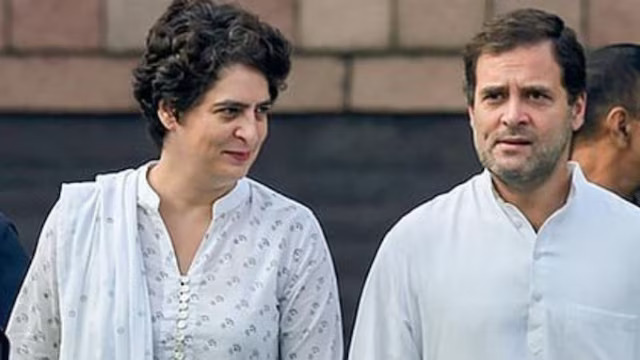
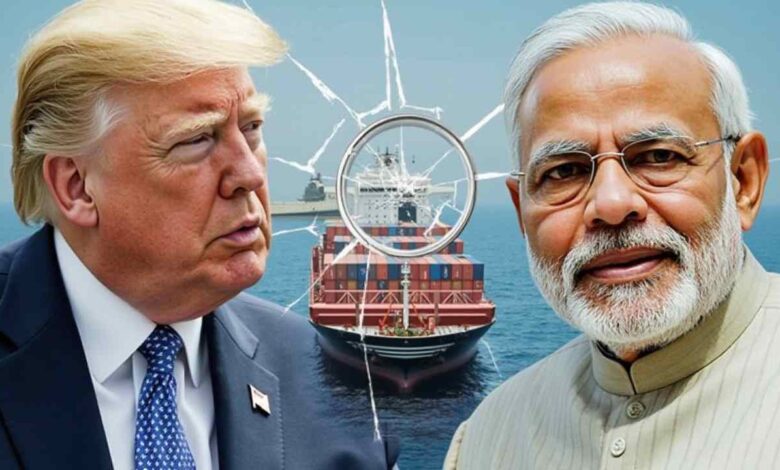
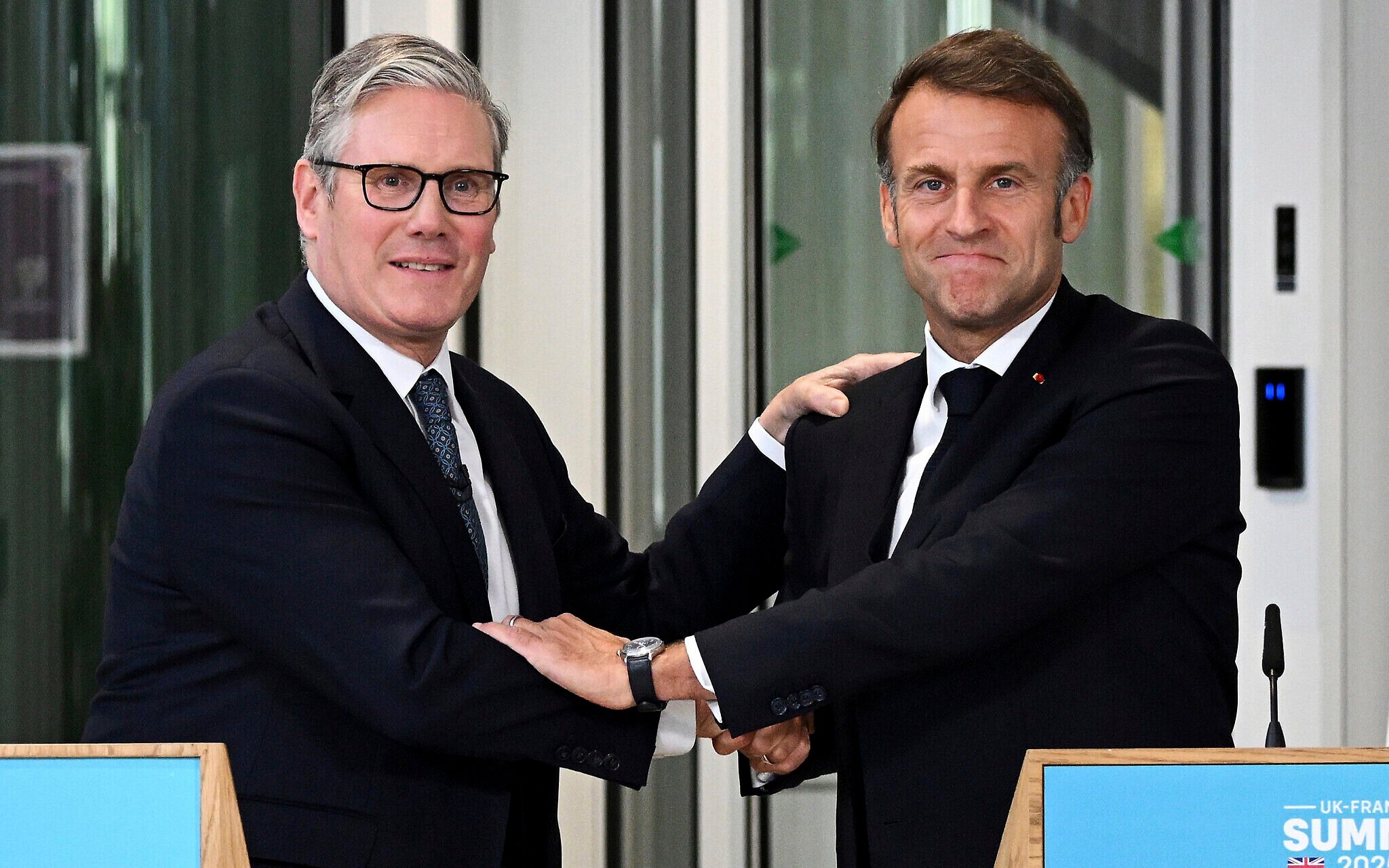



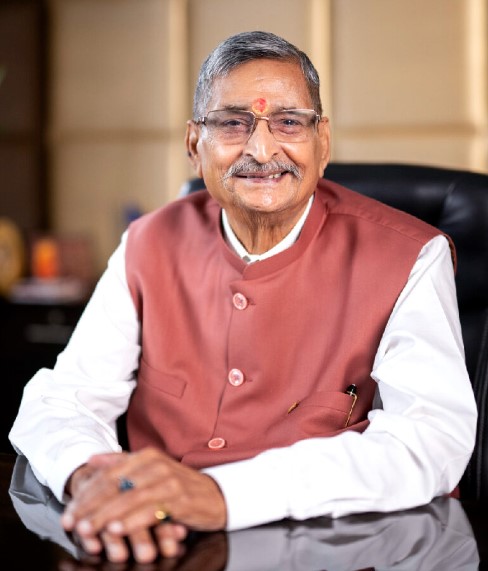
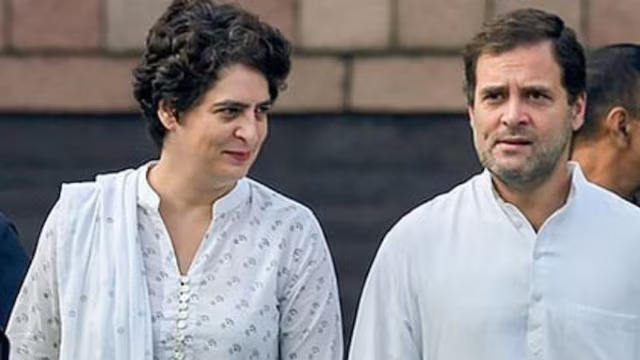

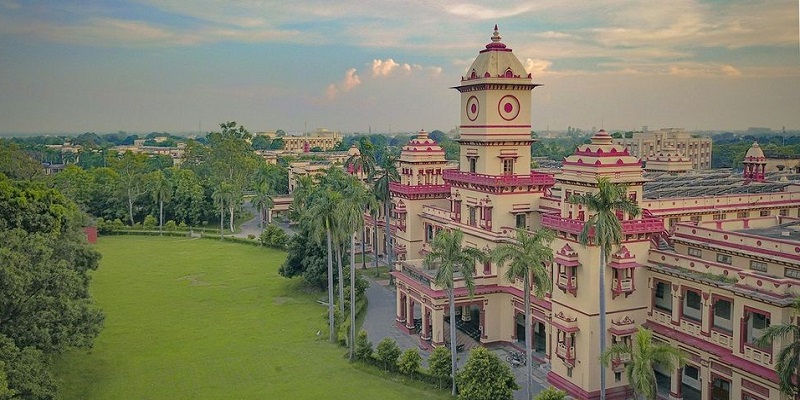
[[comment.comment_text]]